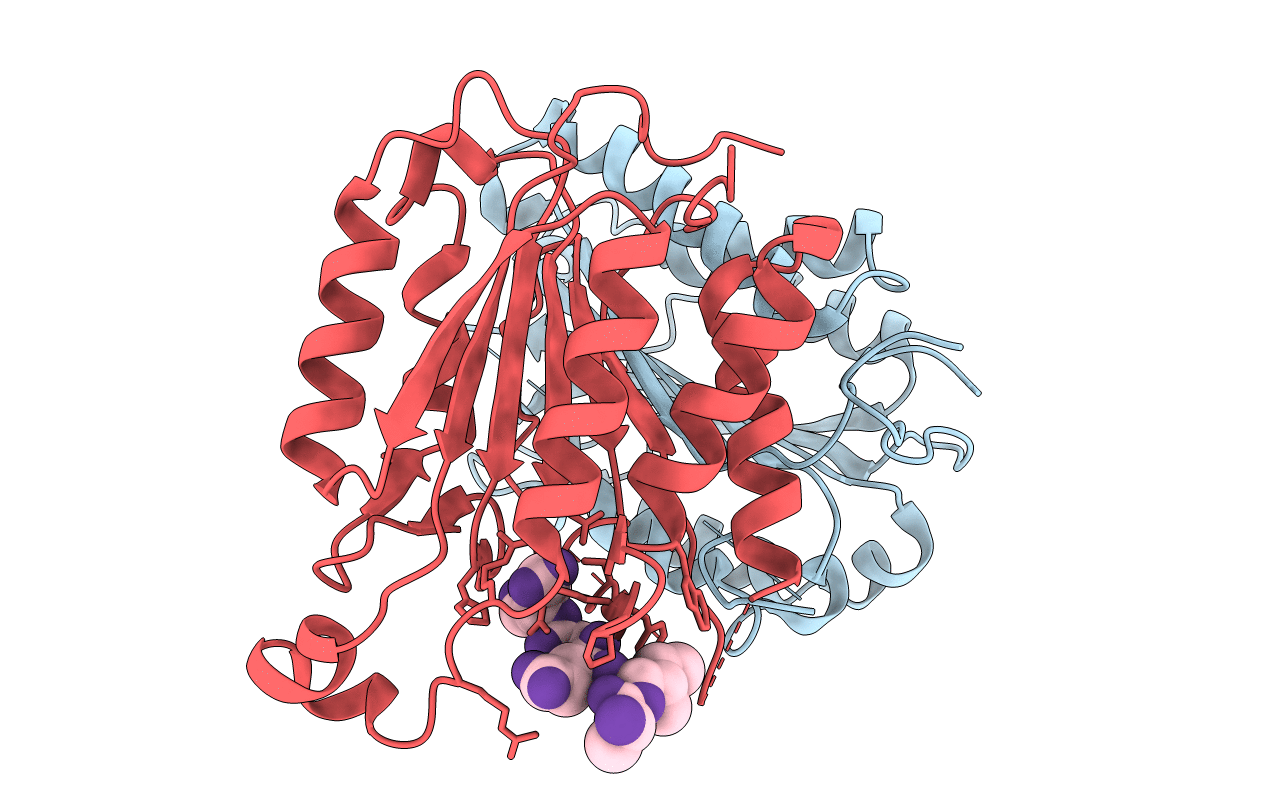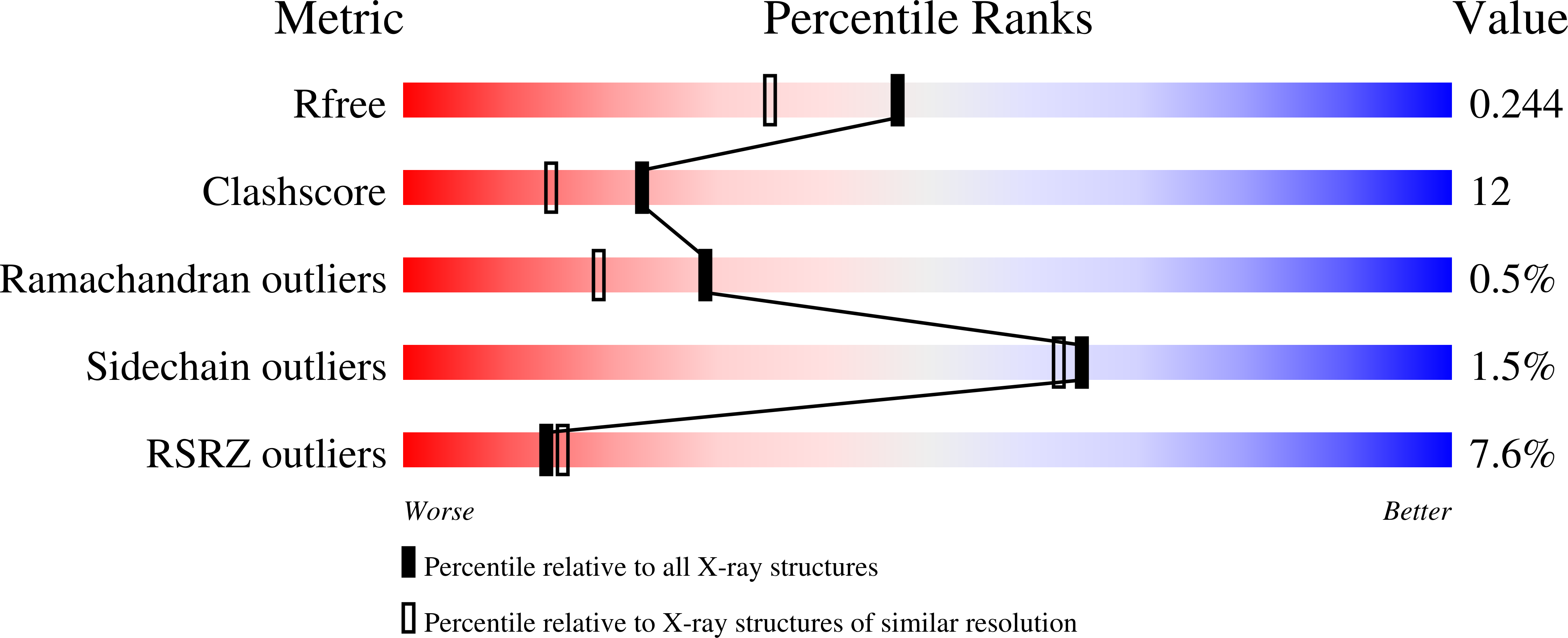
Deposition Date
2009-04-10
Release Date
2009-04-28
Last Version Date
2024-11-27
Method Details:
Experimental Method:
Resolution:
1.90 Å
R-Value Free:
0.25
R-Value Work:
0.21
R-Value Observed:
0.21
Space Group:
P 21 21 21


